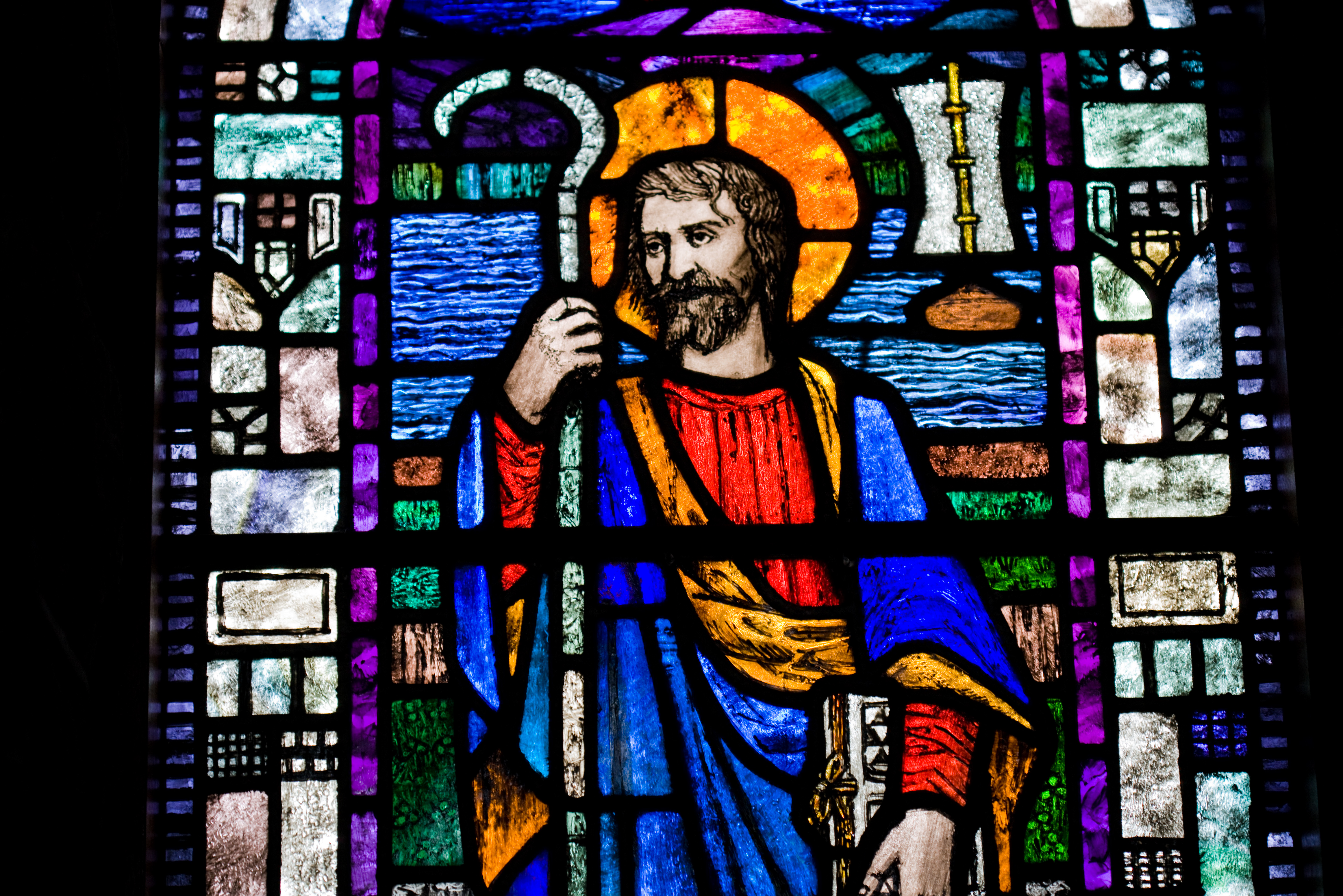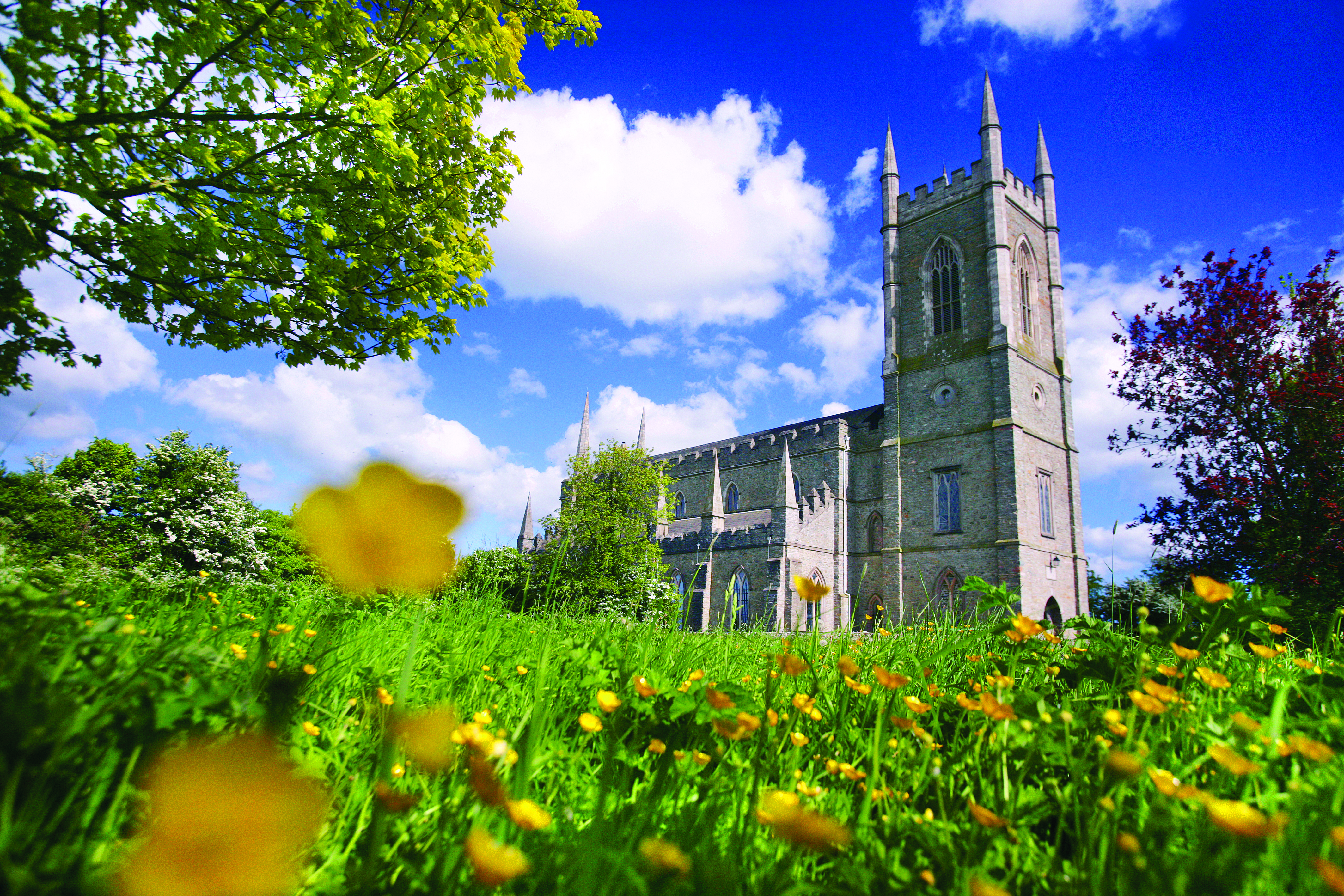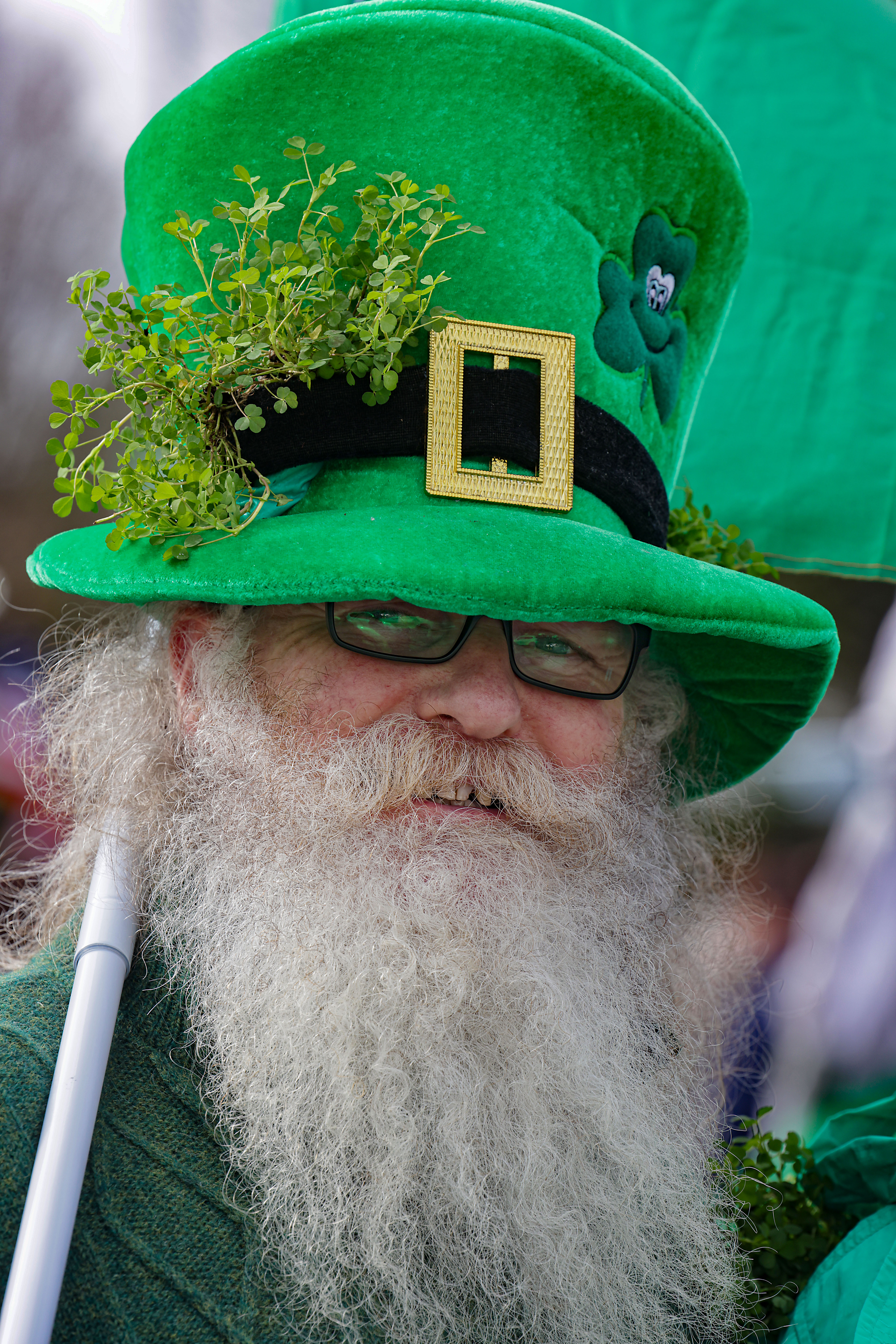10 Things You Didn't Know About St Patrick
Think you know about Ireland’s patron saint? We’ve got 10 fun facts that separate the man from the myth!

Saul Abbey Stain Glass Window, St Patrick's Trail, Co. Down
Ireland may not be the biggest country on the planet, but its patron saint is celebrated all over the globe. And, on 17 March, millions of people from Australia to America, India to Japan, don green clothes, wear silly hats and take to the streets to celebrate St Patrick, the man whose story continues to captivate.
But while there are countless tales, symbols and colours associated with Patrick, not all of them are accurate, so we have compiled a list of 10 facts about Ireland’s patron saint that you might not know.
1. He was not originally from Ireland
Although St Patrick symbolises Ireland and St Patrick’s Day is celebrated by people with Irish heritage worldwide, he’s believed to have been born in either Wales or Scotland. At the age of 16, he was captured by British slave traders and brought to Ireland to work as a shepherd on Slemish Mountain, County Antrim. There, he worked hard for six years and turned to prayer as a consolation. After escaping to France, Patrick spent many years studying religion before returning to Ireland, the place, which – he believed – helped him find God.

Down Cathedral, Downpatrick
2. Patrick was not his real name
Although he is known throughout the world as Patrick, his birth name was Maewyn Succat. Maewyn later changed his name to Patrick (or Patricus), which means “nobleman” or “father figure” in Latin, when he began his religious work and was eventually ordained as a bishop.
3.He’s associated with the shamrock
You might be aware of Ireland’s association with the shamrock, but did you know it’s all because of St Patrick? According to the story, St Patrick plucked the small three-leafed plant from the ground to explain the concept of the Holy Trinity to the pagan Irish during the 5th century. Visit Ireland on St Patrick’s Day, and you’ll notice people wearing fresh shamrock in their buttonholes or pinned to their coats.
4. He has a holy well
It’s believed that while travelling the country, St Patrick stopped at a well in Tipperary, where he first met St Declan, who founded a monastery at Ardmore, County Waterford. It was believed that St Patrick’s blessing of the well created a miraculous effect, which caused the water to have curative properties, bringing relief from many ailments for those who drank from it or bathed in it. Today St Patick’s Well is a peaceful, picturesque place comprised of a 12th-century church and ancient stone cross.

2023, St Patrick's Day, Parade, Killarney, Co Kerry
5. He didn’t banish any snakes
Folklore states that St Patrick stood on top of a hill, brandishing a staff and banished all the snakes and serpents from Irish soil, commanding them to take themselves into the sea. However, according to archaeologists, there is no evidence of any reptile population in Ireland at that time, and it is thought that the snakes were a metaphor for evil and for people who did not follow the Christian faith.
6.Green was not his favourite colour
Although we all associate the colour green with St Patrick and Ireland as a whole, it is believed that he actually wore blue. But as the Irish landscape famously boasts 40 shades of green and its most famous symbol, the shamrock, is also the same hue, it stands to reason that its patron saint would also be depicted wearing the same colour.
7. 17 March is not St Patrick’s birthday
Although St Patrick is celebrated on this date, it is not the anniversary of his birth, but instead marks the date he died: 17 March, 461 AD.
8.The first St Patrick’s Day parade was not in Ireland
Surprisingly, the first place to honour the patron saint of Ireland was not on his own turf, but in the USA. The earliest known festival in honour of St Patrick is said to have taken place in Augustine, Florida, in 1601, while the first parade in his name in Ireland was not until 1903 in Waterford. Today, there are St Patrick’s Day parades and festivals all over the island, from the town of Killarney in County Kerry to Dublin’s famous celebrations.
9. He wrote two books
As well as spending almost four decades converting people to Christianity in Ireland, it is also believed that St Patrick devoted time to writing, having completed two works in Latin: Confessio (or the Declaration in English) which is an autobiographical account of his life, and Epistola (Letter to the Soldiers of Coroticus) which is also based on his own life.
10. He is buried in County Down
Although he did not hail from these shores originally, St Patrick spent most of his life on the island of Ireland. After four decades of tireless missionary work, it is believed that he died in Saul in Northern Ireland and was laid to rest at Down Cathedral, Downpatrick, alongside fellow saints Brigid and Columba. You can find out more about the saint’s life and times at the St Patrick Centre in Downpatrick, beside St Patrick’s Grave.
